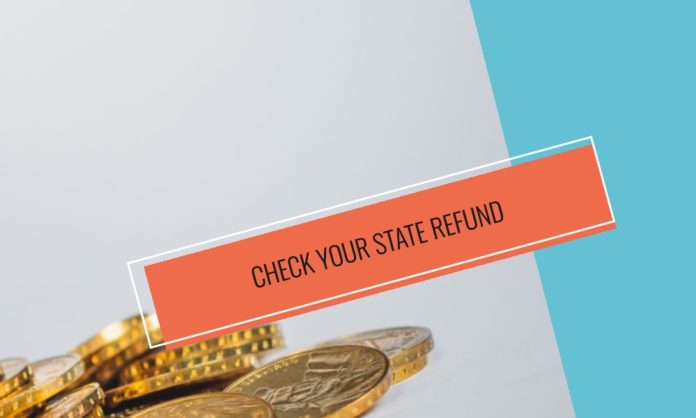Receiving a tax refund can feel like a windfall, especially if you are eagerly waiting to put that money to good use. While many people are familiar with tracking the status of their federal tax refund, it’s equally important to know how to check on your state tax refund. This article guides you through the steps needed to check the status of your state tax refund.
Step 1: Gather Your Information
Before you begin the process of checking your state refund, gather the necessary information:
- Social Security Number (SSN) or Individual Taxpayer Identification Number (ITIN)
- Filing status (such as single, married filing jointly, etc.)
- The exact amount of the refund you’re expecting
This information is required to verify your identity and locate your tax return.
Step 2: Visit Your State’s Tax Department Website
Each state in the United States has its own tax department or agency responsible for handling state taxes. Visit the official website of the tax department of the state in which you filed your tax return.
Here’s how you can find the website:
- Google the name of your state followed by “tax department” or “department of revenue”. For example, if you live in California, search for “California department of revenue”.
- Alternatively, you can visit the Federation of Tax Administrators’ website, which provides links to all state tax department websites.
Step 3: Locate the “Where’s My Refund?” Tool
Once on your state’s tax department website, look for a tool or link that says “Where’s My Refund?”, “Check My Refund Status”, or something similar. This is a common feature on most state tax department websites.
Step 4: Enter Your Information
Click on the “Where’s My Refund?” link and enter the information you gathered in Step 1 (SSN/ITIN, filing status, and exact refund amount). This will help the system to accurately identify your tax return.
Step 5: Review the Status of Your Refund
After entering your information, you should be able to see the status of your refund. Typically, it will tell you whether your return has been received, if it’s being processed, or if your refund has been sent.
Additional Tips
- Be Patient: State refunds can take longer to process than federal refunds. Depending on the state, it might take several weeks for your refund to be issued.
- Double-Check Your Information: Make sure that the information you enter is accurate. Even a small mistake can cause delays or prevent you from accessing your refund status.
- Contact Your State’s Tax Department If Necessary: If there’s an issue with your refund or if you don’t see any updates after an extended period, don’t hesitate to contact your state’s tax department for assistance.
Conclusion
Checking the status of your state tax refund is a straightforward process that can be done online with minimal effort. By following these steps and having the necessary information handy, you can easily keep track of when your refund will arrive. This will allow you to make informed financial plans and use your refund efficiently when it arrives.






